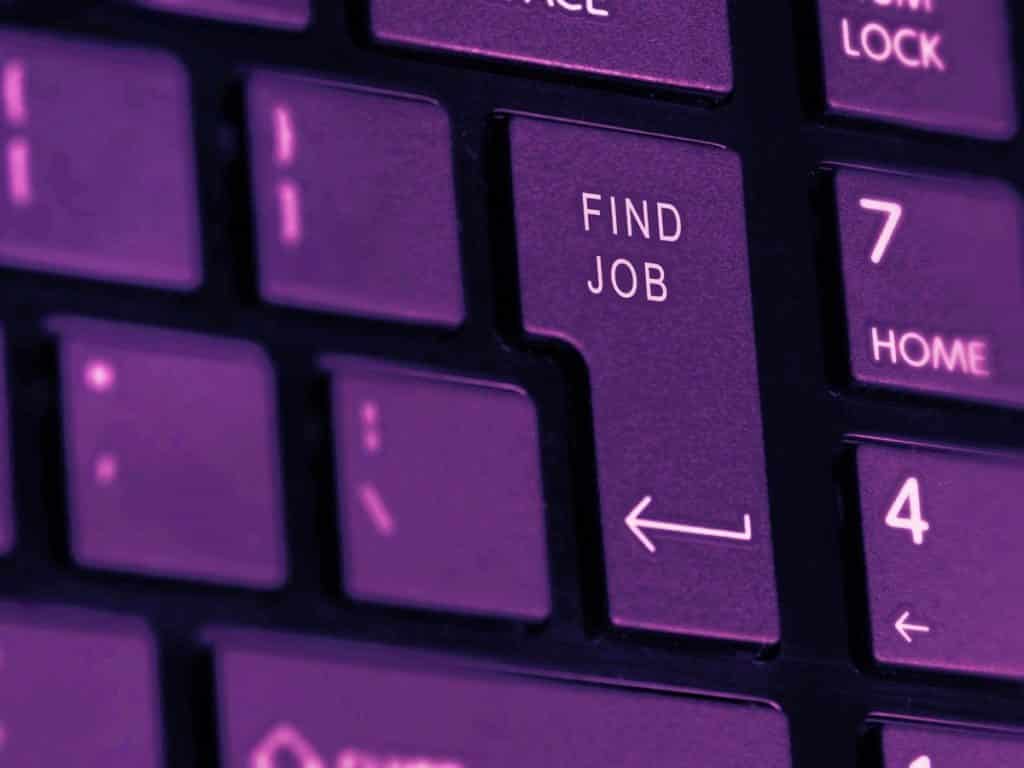Lost your job? Follow these steps now

Let’s be blunt: losing your job sucks.
It’s a position no one wants to be in, but for a growing number of Americans, it’s a reality to navigate in the current economic uncertainty that our country wades through together.
A “mass layoff” can be defined when the following occurs:
- When at least 50 employees are laid off within 30-days or less resulting in the laid-off employees equaling more than one-third of the company’s workforce
- 500 employees are laid off within 30-days or less, no matter how large the company’s workforce
At the end of August, Snap Inc., the parent company of the popular app Snapchat, announced plans to lay off some 20% of its more than 6,400 global employees. In a memo to staffers shared publicly online, CEO Evan Spiegel said leaders will notify those impacted as soon as possible.
“In the United States, we will provide at least four months of compensation replacement, as well as financial assistance to enroll in COBRA, so that team members will have until the end of the year to find new opportunities while still receiving compensation and health benefits from Snap,” he wrote.
Of course, not everyone who is fired is so fortunate – there’s no requirement under the Fair Labor Standards Act that mandates companies provide severance following a layoff. However, organizations that do have a severance policy will usually include it either in the employee contract or offer letter you signed before joining the company, or in an employee handbook.
Meta, Salesforce, Netflix, Best Buy, Ford Motor, HBO Max, Peloton, Shopify, Re/Max, Walmart and Wayfair are among some of the large companies that have announced substantial layoffs in recent weeks. Goldman Sachs is preparing for a round of layoffs that could come as soon as next week, according to insiders familiar with the plans.
In some cases, the cancellation or rescindment of internships and job offers is unavoidable, but the news can come crashing down on even the most resilient and positive prospect, leaving a lot of complicated emotions and financial concerns. If you suddenly find yourself without the internship or full-time role you were counting on, keep reading for some of the resources MBAchic has been sharing and proactive steps to take right now to alleviate some stress.
Take a breather
This might sound counterintuitive after mentioning proactivity, but hear this out. After leaving the conversation with a [would-be] employer on good terms, allow space and time to process the events that just took place. Take a beat to be upset and have a moment. Acknowledge that this is challenging, and even though everyone is in this together, this still really hurts. Pausing to mourn the loss of a familiar role is an important step before jumping back into the job hunt.
Unemployment research shows that losing one’s job is detrimental to mental health—and often physical health—even without serious financial strain. “Work provides us time structure, it provides us identity, it provides us purpose and it also provides us social interactions with others,” says Connie Wanberg, PhD, an industrial and organizational psychologist at the University of Minnesota. “When you lose all that, it creates a lot of difficulties for people.”
Psychology Fellow at the Center for the Treatment and Study of Anxiety (CTSA), Dr. Nora Brier suggests three deep, slow belly-breathes can be tremendously powerful whenever anyone feels a bout of anxiety coming on. It’s simple yet effective advice she lends to dozens of patients she works with weekly to treat anxiety and develop mental health wellness routines.
“Really thinking, what do I need to focus on in this exact moment? That’s all I have to do right now. So only thinking about one thing at a time, and while you’re deep breathing can be key and can help you get back on the horse so to speak, to do the other tasks and actually slow the worried thoughts since they’re also connected,” suggests Brier.
Make time for movement
Leaning on a stress reliever or developing a healthy outlet to regain balance, confidence, and calm is hugely beneficial to putting your best foot forward as you reenter the job market. Registered yoga instructor Dani Schenone points out that meditative movement has been shown to alleviate depressive symptoms.
Schenone describes how body movement shakes up stagnant energy and allows for better energetic flow.
“This helps release trauma trapped in various spots of the body, and it helps you develop a healthier relationship with your body. Keeping yourself active is an act of respect for yourself,” she says.
Once mental, physical, and emotional health has been prioritized, set sustainable goals to resume job hunting and networking. It’s time to hit the pavement again, to rebuild something new and better. Hustle mode: activated.
Apply for available benefits
Already employed and lost a job? Get an understanding of the situation (Will they cover healthcare beyond the end of the month? Will they provide any other sort of benefits? References? etc..), but do not delay filing for unemployment benefits.
“File for unemployment immediately; the grace period is 7+ days in some states,” explains Human Resources Executive Stephanie Navasu. “If you’re getting a severance package you do not have to sign it immediately, you can take it home to review it and ask questions if you need to, in some cases you can negotiate it as well.”
It may take some time to get through on the site or phone, and it takes 3-4 weeks to start receiving anything, so time is of the essence.
Another best practice for those experiencing a healthcare coverage gap, check the Affordable Care Act (ACA) for qualifying scenarios. For some, a short-term health plan is a good option for bridging the gap until a new plan takes effect. Short-term plans won’t cover pre-existing conditions and are not regulated by the ACA but they can provide fairly good coverage for unexpected medical needs during a temporary window when you’d otherwise be uninsured.
“During the layoff, there is a lot of information thrown your way and it may be hard to remember everything but you can always call your HR department a few days later for more details and clarification if needed,” suggests Navasu.
It’s also important to consider all available options regarding retirement savings plans and decide which option is best with a licensed finance professional. Those who had access to a 401k contribution plan at a former employer have the option to cash out the 401k, though certain penalties can be incurred. There is also the option to roll the account over into an IRA.
Update social media profiles
It’s crucial that job hunters consider their audience and the potential effects of their online presence when posting anything. Why?
Over 84 percent of organizations are recruiting via social media with another 9% planning to do so that haven’t already.
Reviewing and scrubbing profiles quarterly (at a minimum) is key to keeping a clean online reputation. Whether this is baked into a regular routine or not, it’s worth taking some time to run through MBAchic’s Social Scrub to optimize digital presence. This useful tool was designed with professionals in mind and can help job seekers reevaluate and revamp online profiles when they’re ready to reach out and network for a new role. Everyone has a different level of digital engagement and one size certainly doesn’t fit all when it comes to the frequency of posting and maintaining an online presence, especially across multiple platforms. Take some time to run through it all – more “doubleclick” content to come, like this guest piece on unlocking the true power of LinkedIn.

Photo from Pixabay








Love this piece — thanks again @stephanien for speaking with @TES to share your insights about severance and how to manage!